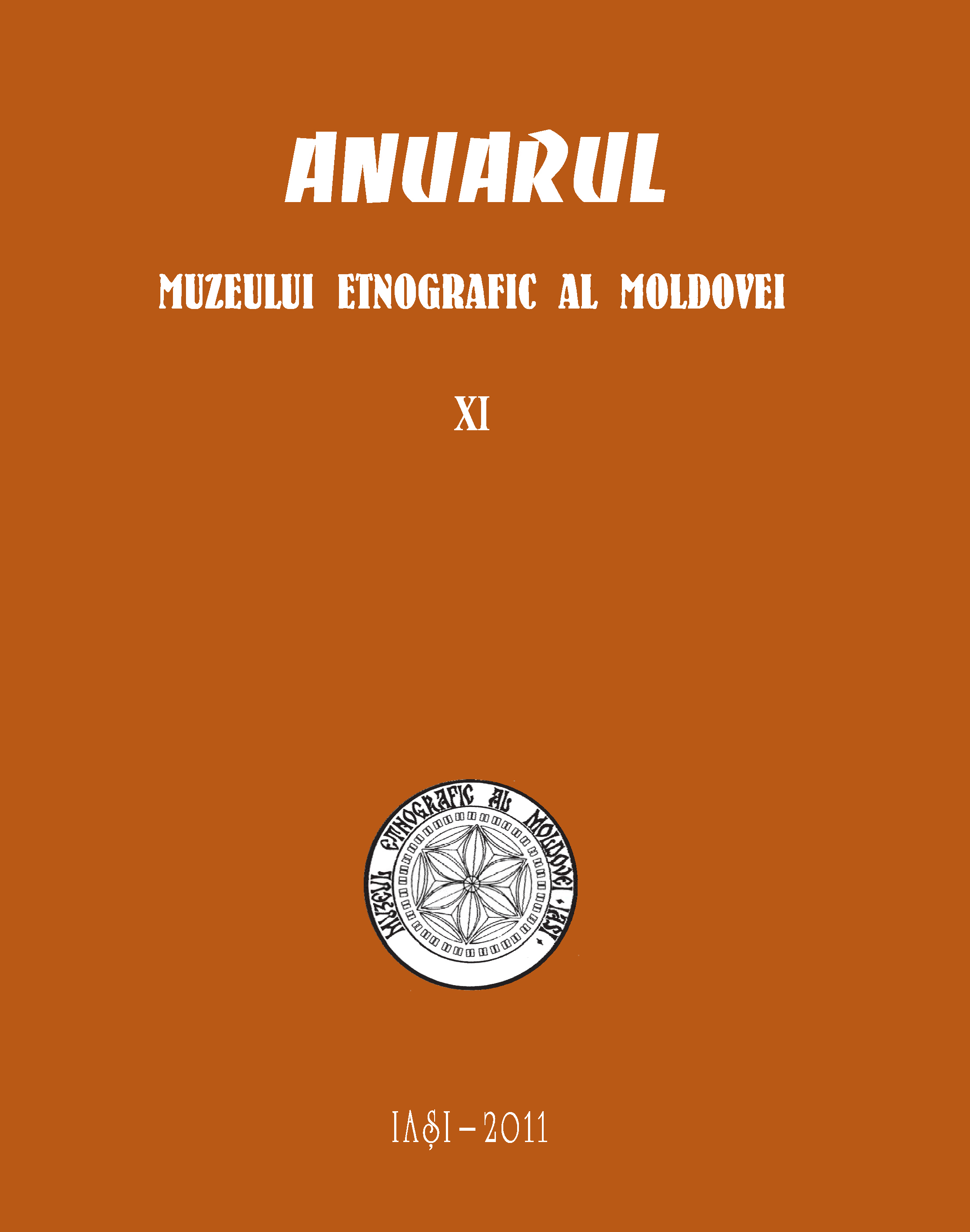Păstoritul în nord-estul regiunii Iaşi. Observaţii preliminare
Shepherding in the Northeast of Iasi Region. Preliminary Observations
Author(s): Ion ChelceaContributor(s): Marcel LUTIC (Editor)
Subject(s): Cultural Anthropology / Ethnology
Published by: Editura Palatul Culturii
Summary/Abstract: Sometimes in the 1970s, the present paper was sent for publication in Cercetări istorice Magazine of Iasi. We suppose that due to reasons other than the scientific ones the paper of Ion Chelcea was not published. The villages investigated by the founder of the Ethnographic Museum of Moldavia within the region northeast of Iasi are split in three categories: meadow villages, plain villages and plateau villages. The paper reflects the situation specific to the mid 20th century, when the field researches were carried out. It has an exclusively documentary – historical value.The introductory part refers to the local shepherding of previous times, and then there follow ample remarks on the studies theme from three points of view: a) local – rural shepherding; b) the shepherding zone of the city of Iaşi and c) the transhumant characteristic the shepherding of these places had. Certainly, the importance of the paper relies in the first aspect, the author evoking for the beginning the „possibilities of animal husbandry in the area we refer to during the time when the researches took place”. Further one, there is widely described the sheepfold in the villages of the zone. Chelcea starts from the ¬logical framework that the sheepfold reflects, „up to a certain point, the material and cultural level of the people interested in its construction”. At this point of the research there is already a first conclusion that is put forward, more precisely the one that the „sheepfold of the region northeast of Iaşi is different as aspect from the sheepfold of other regions”. The typology of the sheepfold with the „reed wall” is widely described, pointing out that the type of sheepfold in the northeast of Iaşi region is relatively homogenous. The sheepfold is composed of the following main elements: the sheepfold itself, the geandâr, the throat (strunga), the pound (ocol) with „reed wall” and the sheep cot (târla). We are also informed that the pastoral inventory of the sheepfold is very scarce. Regarding the quantity of cheese and milk preparation, Chelcea points out two systems, one based on „shifts” and another one based on „kilograms”. A sheepfold personnel usually includes only two shepherds.Ion Chelcea’s paper contains „a lot of useful remarks for the understanding of the problem not only of the lowland shepherding but also of shepherding in general. A first remark pertains to the relative homogeneity of shepherding, that is the similitude, to a rather great extent, of shepherding of the concerned region with the one of the Carpathians”. The general characteristic of the type of sheepfold generally found in the northeast of Iaşi region would be the „inclusion of all sectors and parts of the sheepfold in a continuous link”. There also exists a series of particularities. The first one concerns the expression used by Chelcea within his paper: „sheepfolds with reed walls”. The researcher concludes that we are „in the presence of a pastoral phenomenon typical for the lowlands, when both the sheep cot and the flock are identified with this particularity of sheep protection, vital for the exceptional geographic and climatic conditions of sheep sheltering in absolute empty space”. Secondly, he remarks „a series of pastoral terms that have a southeastern common cultural substratum and which helps us determine, to a certain extent, the reality we deal with”. This is the case of the hearth and of the geandâr (term used to designate the closed and covered space where the sheep are milked). In conclusion, „the lowlands shepherding contains in itself, through things and terms, interesting forms of culture which have a certain historical and geographical correspondent, which should be connected to the old and ancient requirements and influences, which often go up to an autochtonism, naturally, reconsidered”.
Journal: Anuarul Muzeului Etnografic al Moldovei
- Issue Year: 2011
- Issue No: 11
- Page Range: 49-86
- Page Count: 38
- Language: Romanian

